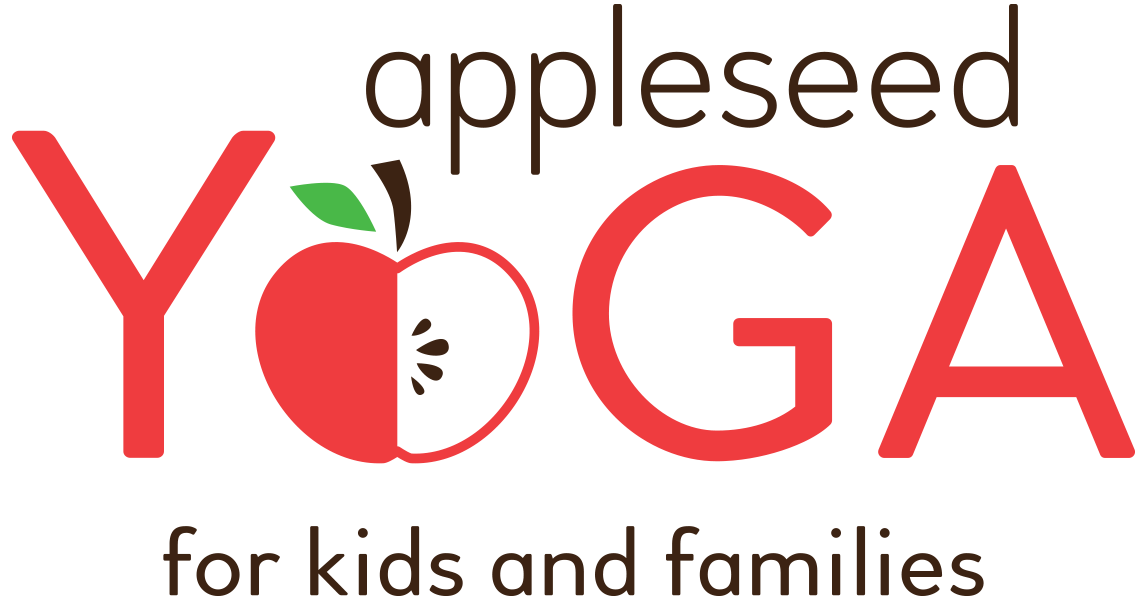A year after my oldest was born, I found myself with tears in my eyes desperately digging a hole in our front garden at dusk to bury his placenta in my pyjamas. His birth and all the change and love that emerged over that past year were overwhelmingly magnificent and I was searching to find a way to keep it all close inside me and never ever ever let it go. Burying our placenta on this evening felt like a good thing to do.
Both our boys were birthed at home, and I was excited to take care of the placenta, although when I look back I really didn’t know much about them and their significance. While embracing the natural ways of things through pregnancy and labour, I was still a little taken aback when my neighbour suggested I make art with the placenta before burying it. Really? I was always a little squeemish with blood and bodily insides. And what was placenta art anyway?
Well I did what she suggested. It seemed like a good way to preserve his birth. I took the organ out of the freezer and flopped the beautiful glob onto pretty paper I was saving and framed it. I told no one, especially after I hung it in his room and told a friend who said. “Oh….strange. Really??” And then laughed.
Placenta art from our first born son 2014
Placenta Art from our second born son 2017
Back track all those years before to when our midwife said: “Wooooooooow…!” when the placenta came out, it’s gorgeous! Both midwives along with my partner and doula were marvelling at the little nodes and intricate beauty of this brilliant Tree of Life. I thought to myself, I’ll check it out later, but now I wished I took time in the moment to do so.
And I wished I put more time and thought into the burial of the placenta, and brought my family into the process.
But seriously, I’ve learned so much since then. These placentas. Are you aware? Simply put they are marvels of wisdom. They are conduits of thoughts and emotions beyond nutrition, oxygen, hormones and environmental elements. They are the mecca of maternal health. They are brilliant and exquisite and absolutely an honour and treasure to handle. They are, as many have called them over the years, “The Tree of Life” or "First Mother”.
If or when we have another child, I will surely take the time to keep baby attached to placenta for a while, and really pore over it after the birth, ideally with the rest of the family.
Did you know:
-Mothers who consumed their placenta bled less, recovered sooner and had fewer mood swings in the early weeks of mothering.
-There are no two placentas alike, not even from the same mother of twins.
-Birth is when the placenta dies and the baby’s life begins. With the baby’s first independent breath, the placenta is no longer needed.
-Placentas are largely neglected in the West and thrown away as trash while in other countries they are spiritually revered.
-In different parts of the world, the relationship of the placenta to the baby varies from being considered a friend (Nepal), an elder sibling (Malaysia), a twin (Nigeria), or part of the baby itself (Hawaii).
For the raising of our babies with intention and love,
Megan
Sources:
-https://midwiferytoday.com/mt-articles/honoring-placenta-wisdom/
-https://womensenews.org/2013/07/placenta-spiritually-revered-not-in-the-west/




